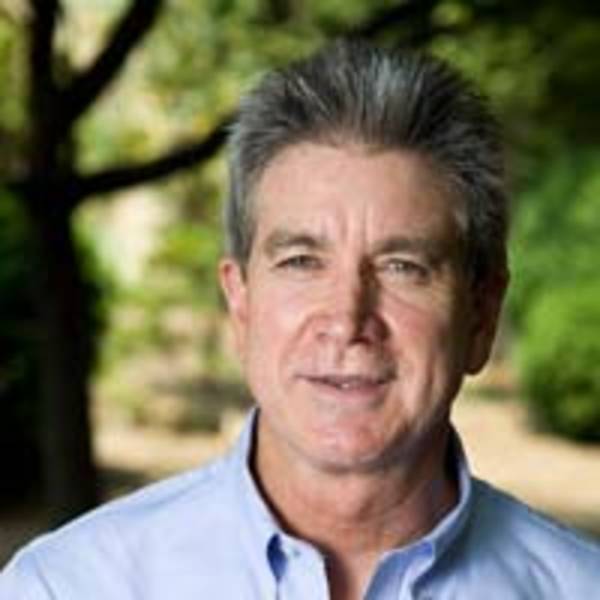When a team of scientists and conservationists led by A. Starker Leopold wrote the Leopold Report in 1963, national park visitors were still feeding bears through their car windows, nocturnal wildlife still feasted on park garbage dumps, and park rangers still shot cougars and wolves to maximize the number of visitor-friendly elk and pronghorn.
Prompted by a population explosion of elk—and the subsequent need to cull them–Secretary of the Interior Stewart Udall established a Special Advisory Board on Wildlife Management and asked it to examine wildlife management in America’s national parks. The committee’s response, the Leopold Report, became the first concrete plan for the use of scientific principles in managing national park visitors, wildlife, and habitats. The report prompted a revolution in wildlife and habitat management and set the National Park Service on a trajectory to utilize the best available science as a foundation for decision-making. The national parks, their wildlife, and park visitors all benefited from this redirection.
Last month, almost 50 years after the release of the Leopold Report, the Science Committee of the National Park System Advisory Board presented a 21st-century version of this important documentand recommended a new basis for policy, planning, and management to confront new challenges to our national parks as we approach their 2016 centennial. After attending the committee’s presentation of the new report to the Park Service in late August, I fully expect the agency will accept these recommendations—a move that would put our national parks on the right track for the future.
The new document, Revisiting Leopold (PDF, 1 MB), comes from a team of the nation’s most accomplished scientists and conservationists, including a Nobel Laureate and two recipients of the Presidential Medal of Science. They revisited A. Starker Leopold’s questions from 1963 and molded their answers with the realization that, “Environmental changes confronting the National Park Service are widespread, complex, accelerating, and volatile.” They specifically identified biodiversity loss; climate change; habitat fragmentation; groundwater removal; invasive species; overdevelopment; air, noise, and light pollution; and the erosion of cultural resources.
The committee noted that cultural and socioeconomic changes confronting the National Park Service in the 21st century “include an increasingly diversified, urbanized, and aging population, a transforming US economy, and constrained public funding for parks.”
Given these constraints, the committee concluded, the overarching goal of park resource management should be, “to steward NPS resources for continuous change that is not yet fully understood, in order to preserve ecological integrity and cultural and historical authenticity, provide visitors with transformative experiences, and form the core of a national conservation land- and seascape.”
Revisiting Leopold calls for new strategies that go beyond park boundaries and extend over longer periods of time. The authors note the need to expand representation of unique ecosystems and a special need to protect habitat that may help wildlife survive and disperse in an era of rapid climate change.
Because ecological and cultural systems are continuously changing and not fully understood, the committee recommends that Park Service managers and decision-makers embrace “at all levels” the precautionary principle, which requires that stewardship decisions reflect science-informed prudence and restraint. When in doubt, the precautionary principle suggests, err on the side of protection.
To implement these policies, the authors of Revisiting Leopold recommend a systematic review of NPS policies to align them with the goals proposed in their study. But they warn against revising the Organic Act, altering the mission of NPS, or relaxing restrictions on impairment of park resources. They also call for a significant expansion of science within NPS by hiring a new and diverse cohort of scientists, supporting their research, and applying the results of their findings.
In conclusion, the committee warns against basing future park resource management on past practices and points to an urgent need for structural changes and long-term investment in preservation. They urge the Park Service to “act immediately, boldly, and decisively,” noting that the 2016 centennial of the National Park Service provides an extraordinary opportunity for action and a critical benchmark for progress.
Some of the recommendations in Revisiting Leopold can be achieved through a change in perspective. Viewing national parks as anchors in greater landscapes, for example, costs nothing. To fully express this concept on the ground, however, requires financial investment: creating and maintaining a trained staff and establishing partnerships with owners and managers of adjoining lands. Here, Revisiting Leopold zeroes in on the most serious challenge facing NPS in 2012: the lack of adequate funding. “The NPS has an excellent corps of resources managers,” the committee writes, “but these managers must be supported with the necessary funds and personnel, as well as with training and professional development.”
Just as the initial Leopold Report of 1963 revolutionized Park Service wildlife management, its new iteration, Revisiting Leopold, can ensure that America’s national parks thrive during their second century of existence, continuing to serve as lifeboats for our nation’s biological inheritance and as the cultural landscapes of our nation’s history. The authors of Revisiting Leopold should be lauded for providing a brilliant vision for protecting our nation’s natural and cultural heritage. Assuming these recommendations officially guide scientific policy moving forward, the men and women of the National Park Service should be commended for taking the front line in helping us turn that vision into reality.
About the author
-
 James D. Nations Former Director of NPCA's Center for Park Research
James D. Nations Former Director of NPCA's Center for Park ResearchTrained as an ecological anthropologist, Dr. James D. Nations has spent the past 25 years working for the protection of natural ecosystems and cultural heritage in the tropics and the United States. Before joining the National Parks Conservation Association as head of the Center for Park Research, James worked 13 years with Conservation International, serving as Vice President for Mexico and Central America, Vice President for Latin America, and Vice President for Development Agency Relations.


